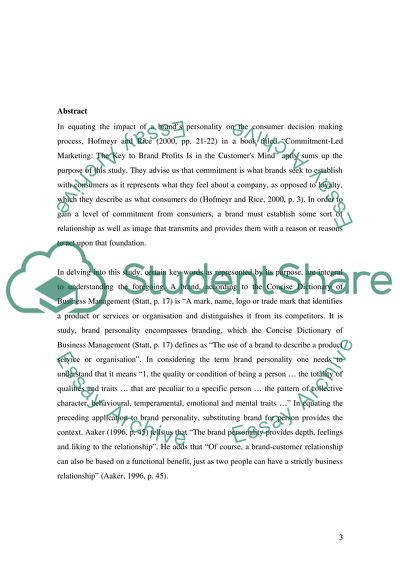Cite this document
(“Impact of Brand Personality on Consumer Decision Making Essay”, n.d.)
Impact of Brand Personality on Consumer Decision Making Essay. Retrieved from https://studentshare.org/marketing/1526716-impact-of-brand-personality-on-consumer-decision-making
Impact of Brand Personality on Consumer Decision Making Essay. Retrieved from https://studentshare.org/marketing/1526716-impact-of-brand-personality-on-consumer-decision-making
(Impact of Brand Personality on Consumer Decision Making Essay)
Impact of Brand Personality on Consumer Decision Making Essay. https://studentshare.org/marketing/1526716-impact-of-brand-personality-on-consumer-decision-making.
Impact of Brand Personality on Consumer Decision Making Essay. https://studentshare.org/marketing/1526716-impact-of-brand-personality-on-consumer-decision-making.
“Impact of Brand Personality on Consumer Decision Making Essay”, n.d. https://studentshare.org/marketing/1526716-impact-of-brand-personality-on-consumer-decision-making.


